The natural world is full of extraordinary landscapes, and some lakes stand out due to their unusual characteristics. Whether shaped by geological forces, extreme weather, or unique chemical compositions, these lakes defy expectations. From waters that change color to those filled with asphalt, each of these remarkable lakes tells a fascinating story about Earth’s diverse ecosystems and environmental transformations.
Laguna Colorada: Bolivia’s Red-Hued Lake

Located in Bolivia’s high-altitude desert, Laguna Colorada is a striking sight with its deep orange-red waters. This shallow salt lake owes its color to the presence of red algae, which thrive in its mineral-rich environment.
At times, the lake can shift to a vivid green due to changes in water temperature and salinity, affecting the growth of different types of algae. Adding to its unique scenery, the lake is home to James’s flamingos, whose pink feathers contrast beautifully with the red water. These birds depend on the same algae that give the lake its vibrant hue, creating a delicate ecological balance.
Boiling Lake: Dominica’s Steaming Natural Wonder

Tucked within the lush forests of Dominica, Boiling Lake is one of the world’s largest hot spring lakes. Measuring over 200 feet in diameter, its waters remain at near-boiling temperatures, ranging from 180°F to 197°F (82°C to 91.5°C).
The lake sits atop a volcanic fumarole, where heat and gases escape from beneath the Earth’s surface, keeping the water in constant motion. Its bubbling, mist-covered surface creates an almost otherworldly atmosphere. While reaching this geothermal wonder requires a strenuous hike, the journey rewards visitors with breathtaking views of Dominica’s volcanic terrain.
Plitvice Lakes: Croatia’s Cascading Paradise
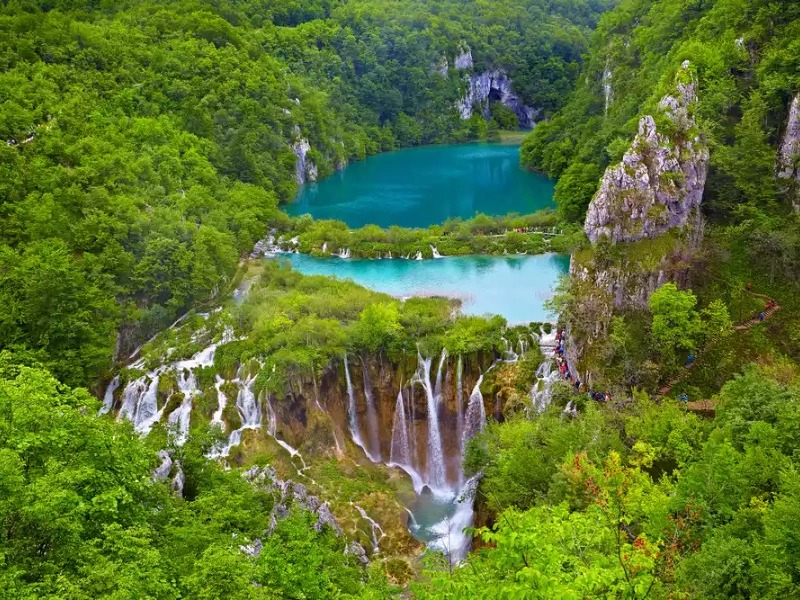
In central Croatia, the Plitvice Lakes form a stunning natural wonder. This interconnected system of 16 turquoise lakes is linked by cascading waterfalls and underground streams, set against a backdrop of dense forests.
What makes this landscape particularly fascinating is the presence of travertine barriers—natural limestone formations that continue to grow as mineral-rich waters deposit calcium carbonate. This process changes the shape of the waterfalls over time, making the lakes a continuously evolving wonder. Recognized as a UNESCO World Heritage Site, Plitvice Lakes attract visitors with their ever-changing beauty and diverse wildlife.
Lake Nyos: Cameroon’s Unpredictable Volcanic Lake
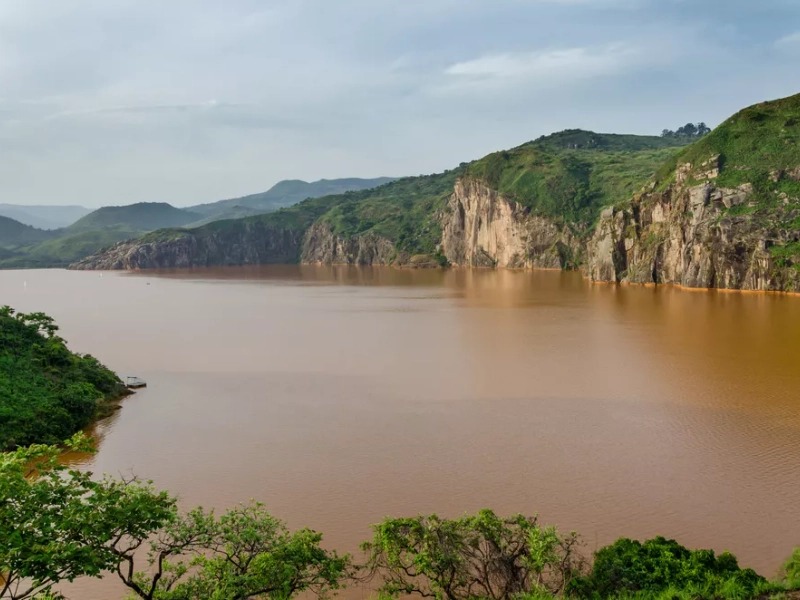
At first glance, Lake Nyos in Cameroon appears calm, but it hides a powerful secret beneath its waters. This volcanic lake gained global attention in 1986 when a sudden limnic eruption released a massive cloud of carbon dioxide, suffocating over 1,700 people and thousands of animals in nearby villages.
The lake’s deep waters trap large amounts of CO2, which can be released unexpectedly due to geological disturbances. To prevent another disaster, scientists installed a degassing system in 2001, allowing gas to escape gradually. Today, Lake Nyos remains a site of scientific monitoring, serving as a reminder of the hidden forces at play beneath the Earth’s surface.
The Aral Sea: A Story of Environmental Change
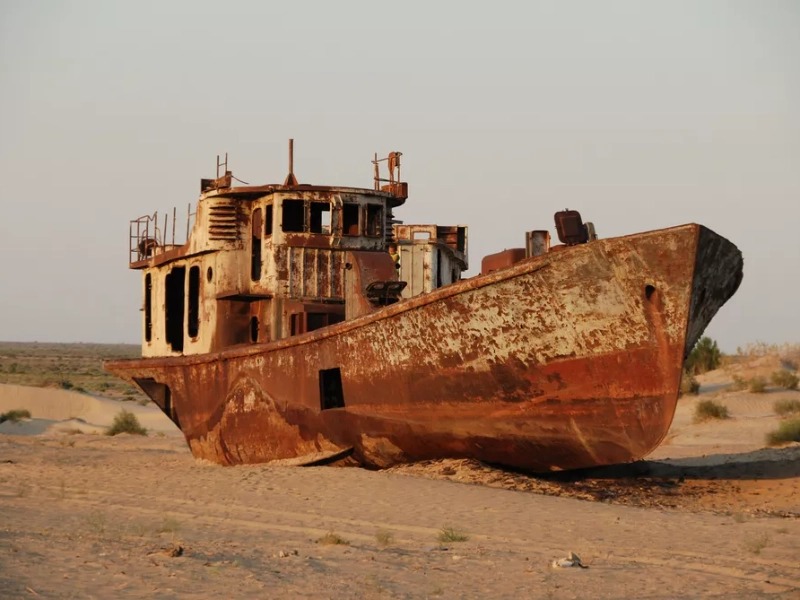
Once one of the world’s largest inland bodies of water, the Aral Sea has undergone a dramatic transformation due to human activity. Located between Kazakhstan and Uzbekistan, it began shrinking in the 1960s when its main tributaries, the Amu Darya and Syr Darya rivers, were diverted for irrigation projects.
Over time, the lake lost nearly 90% of its volume, drastically increasing salinity and devastating its once-thriving fishing industry. Dust storms from the exposed lakebed, filled with salt and pesticides, have also impacted local communities. While conservation efforts have helped restore parts of the Aral Sea, it remains one of the most striking examples of how human intervention can reshape natural landscapes.
Pitch Lake: Trinidad’s Natural Asphalt Reservoir
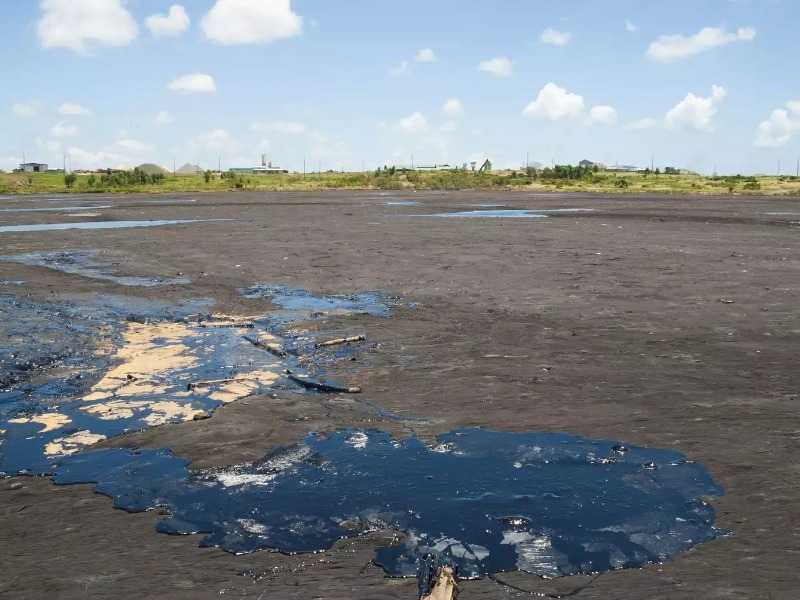
Unlike typical lakes, Pitch Lake in Trinidad is filled with asphalt instead of water. Covering over 100 acres and reaching depths of 250 feet, it is the largest natural deposit of liquid asphalt in the world.
Formed through geological processes deep beneath the Earth’s surface, the lake constantly replenishes itself as oil seeps upward. Despite its unusual composition, Pitch Lake is home to resilient microorganisms that thrive in extreme conditions. Researchers study these life forms to better understand how organisms might survive in similarly harsh environments on other planets.
Don Juan Pond: Antarctica’s Ice-Free Anomaly

Despite being located in Antarctica, Don Juan Pond remains liquid throughout the year, even in temperatures as low as -58°F (-50°C). With a salinity level over ten times that of the ocean, this shallow body of water does not freeze due to its high calcium chloride concentration.
Scientists study Don Juan Pond to understand how briny water can persist in extreme conditions. Its unique properties provide insights into the possibility of liquid water existing on other planets, such as Mars, where similar conditions might be present.
The Dead Sea: Nature’s Floating Phenomenon
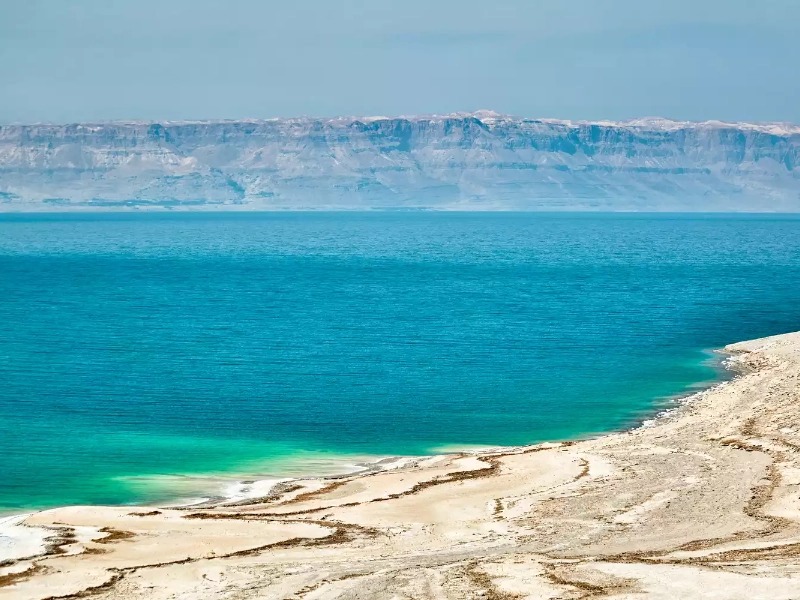
Situated between Israel and Jordan, the Dead Sea is famous for its exceptionally high salinity, which allows people to float effortlessly on its surface. With salt concentrations reaching about 34%, it is nearly ten times saltier than the ocean, making it one of the most mineral-rich lakes in the world.
Beyond its unusual buoyancy, the Dead Sea is known for its therapeutic properties. The minerals found in its waters are believed to have skincare benefits, attracting visitors seeking natural wellness treatments. However, environmental challenges threaten its future, as declining water levels continue to reshape this iconic lake.
Spotted Lake: Canada’s Ever-Changing Landscape
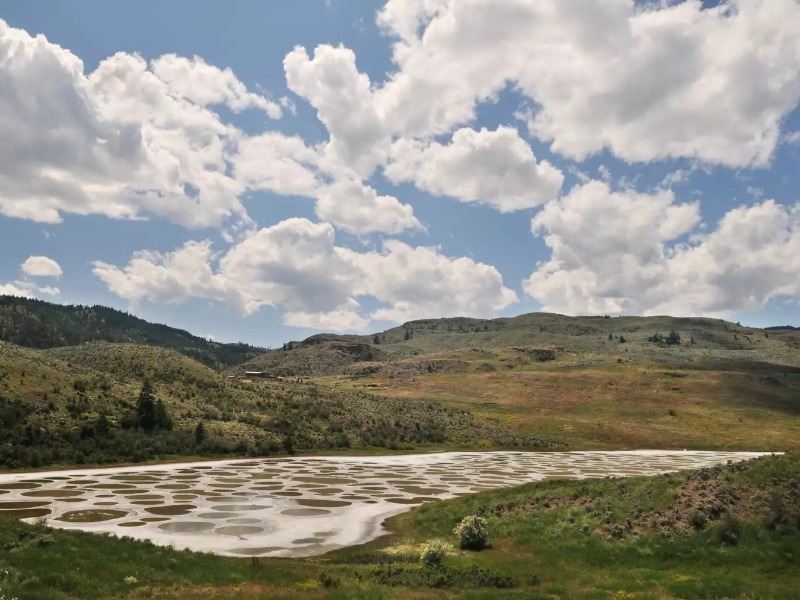
Spotted Lake, located in British Columbia, transforms into a stunning mosaic of colorful pools each summer. As water evaporates, mineral-rich deposits form distinct circular patches in shades of yellow, green, and blue.
The lake’s unique mineral composition, including calcium, magnesium, and sodium sulfate, contributes to this breathtaking visual effect. It holds cultural significance for the Indigenous Okanagan people, who view it as a sacred site. The lake’s ever-changing patterns make it one of Canada’s most visually striking natural wonders.
Lake Balkhash: A Body of Water Divided
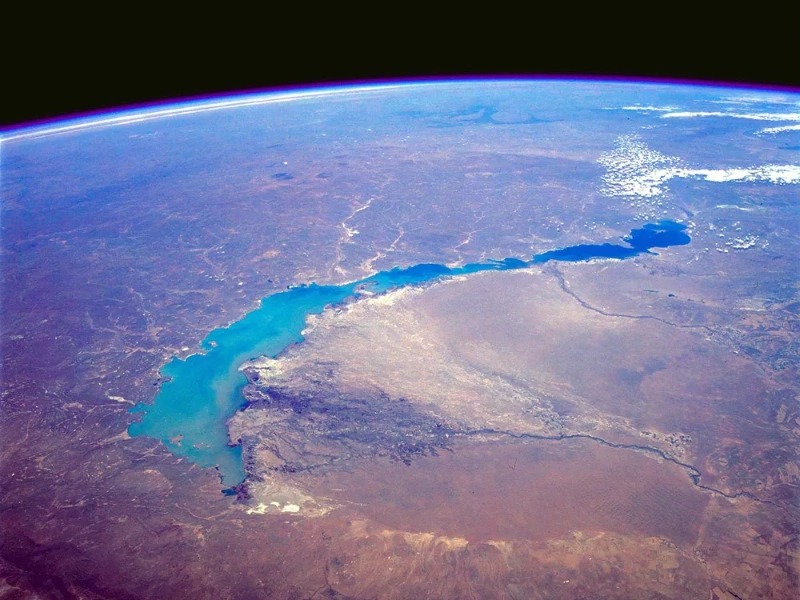
Lake Balkhash in Kazakhstan is a rare geographical feature, with both freshwater and saltwater coexisting in the same basin. The western side of the lake contains fresh water, while the eastern side is saline, creating two distinct aquatic environments.
This unique division is due to a narrow strait that prevents full mixing of the lake’s waters. However, human activities such as irrigation and dam construction have threatened this delicate balance. Conservationists and scientists continue to study Lake Balkhash to preserve its unusual ecosystem while supporting local communities that depend on it.
From vibrant red lakes to steaming geothermal pools and even lakes that hold liquid asphalt, these remarkable bodies of water highlight the diversity of our planet’s landscapes. Some of these lakes remain untouched natural wonders, while others stand as reminders of how environmental changes can reshape entire ecosystems. Each one offers a unique glimpse into the incredible forces that shape the world we live in.
Leave a Reply